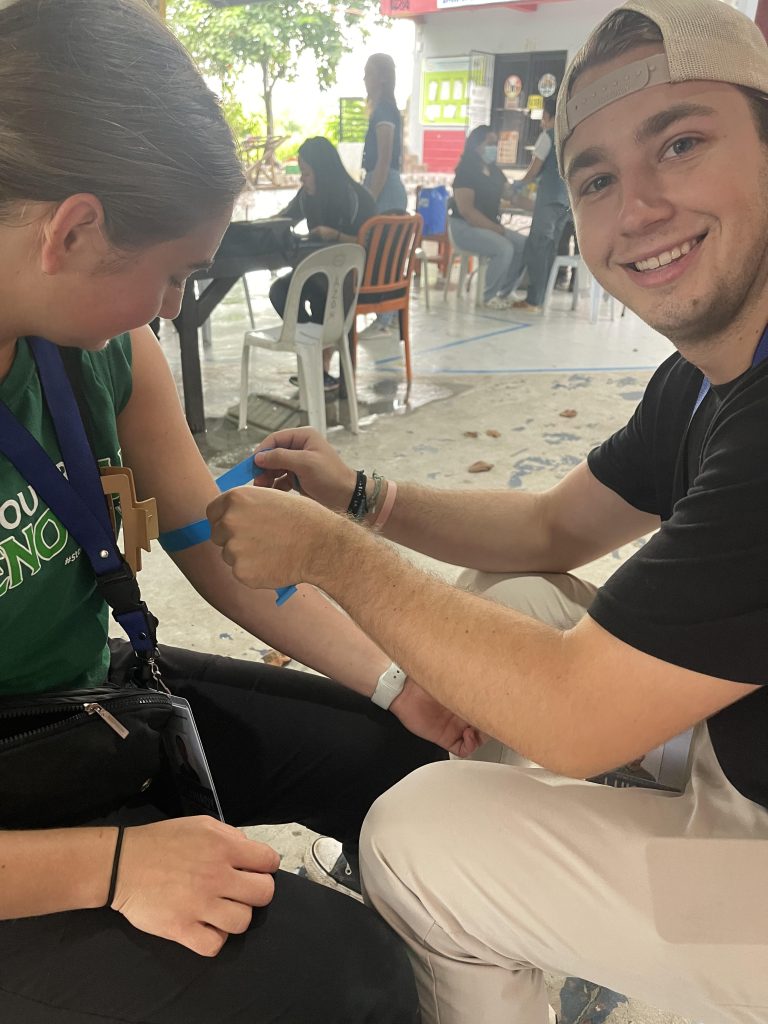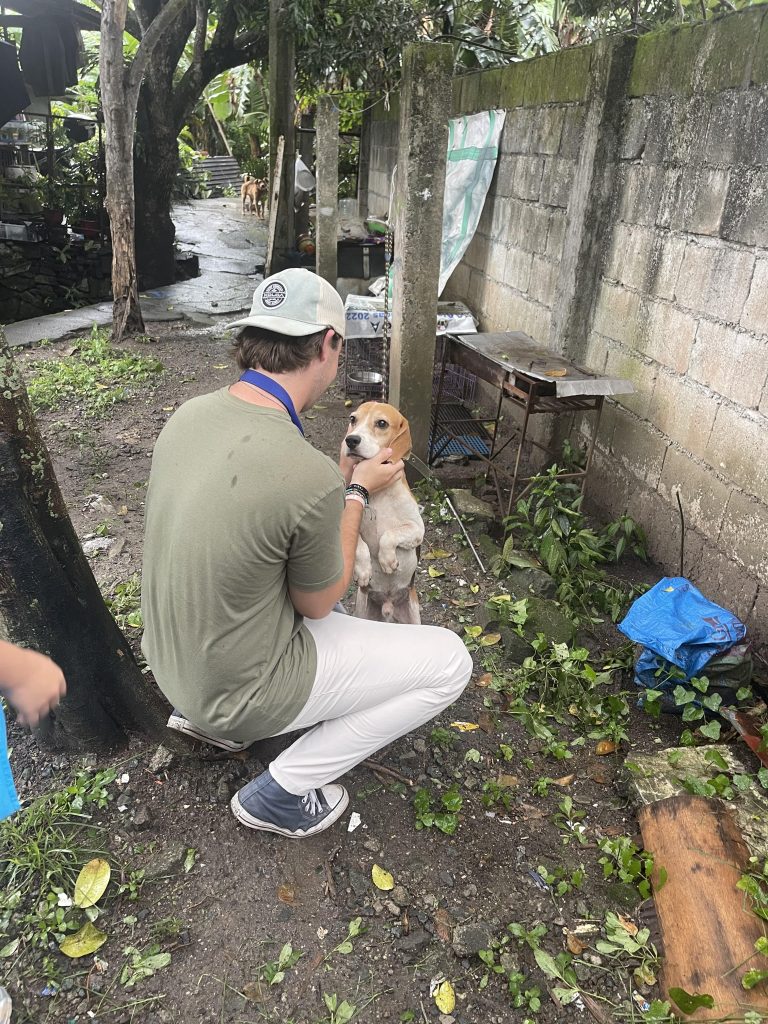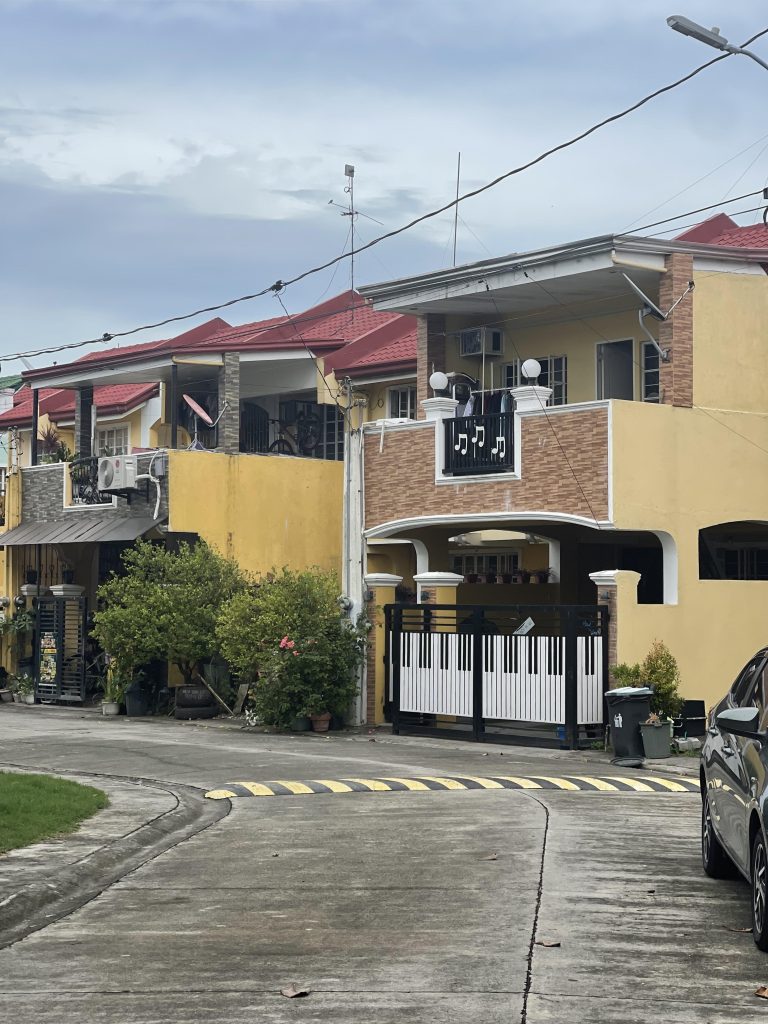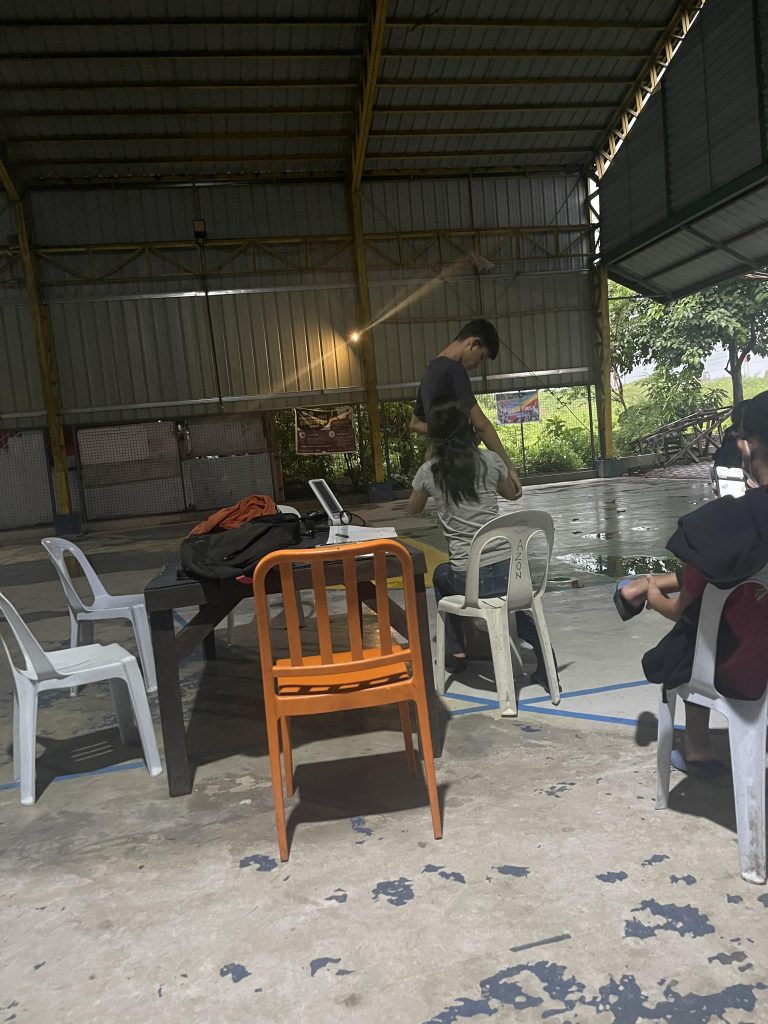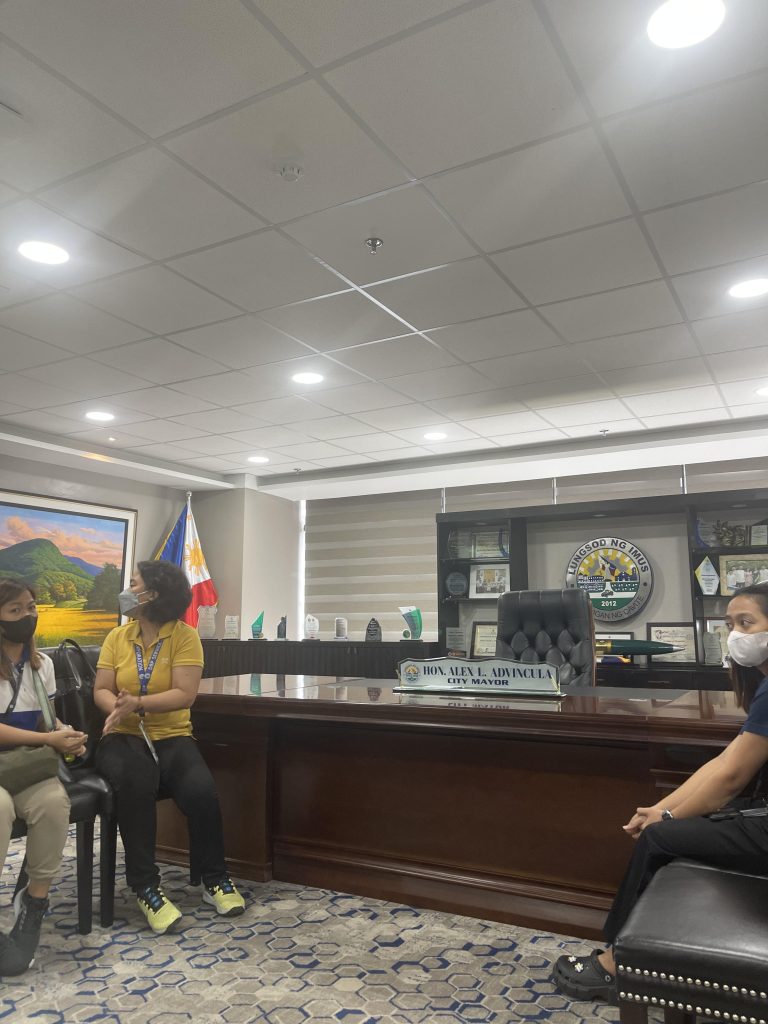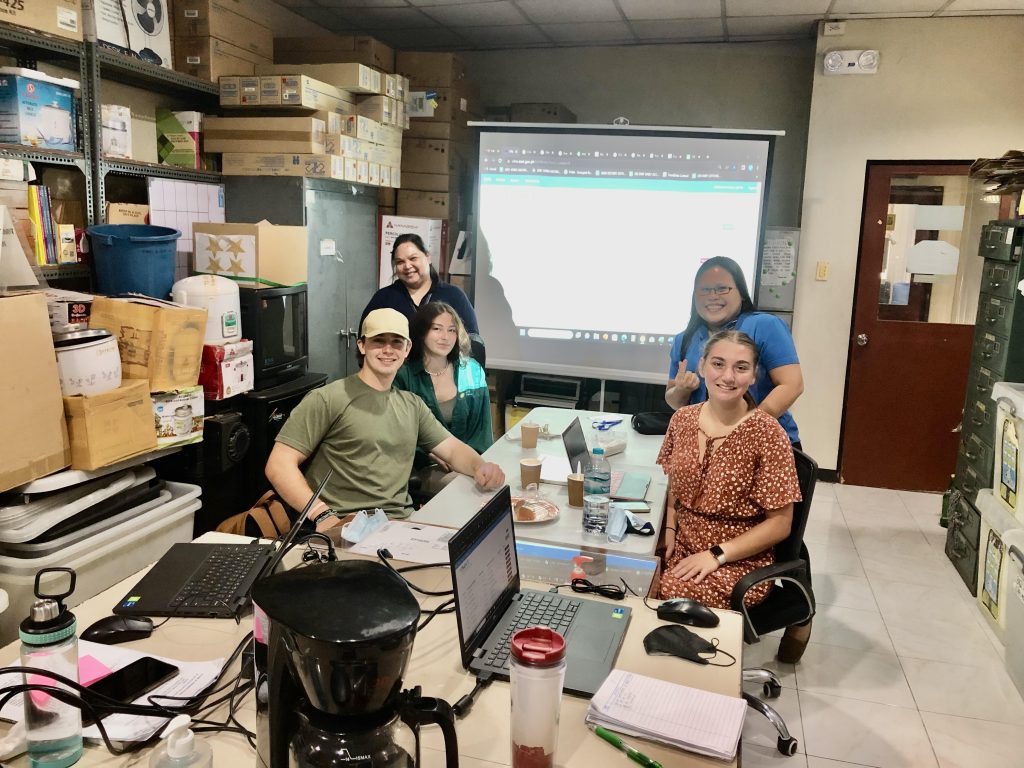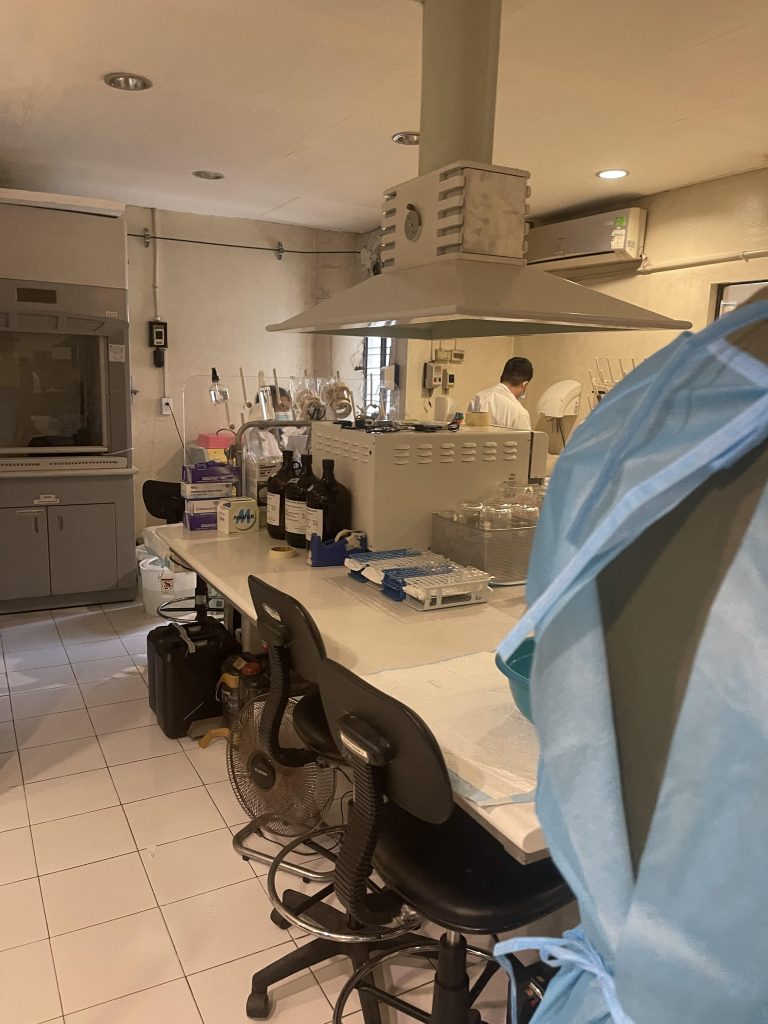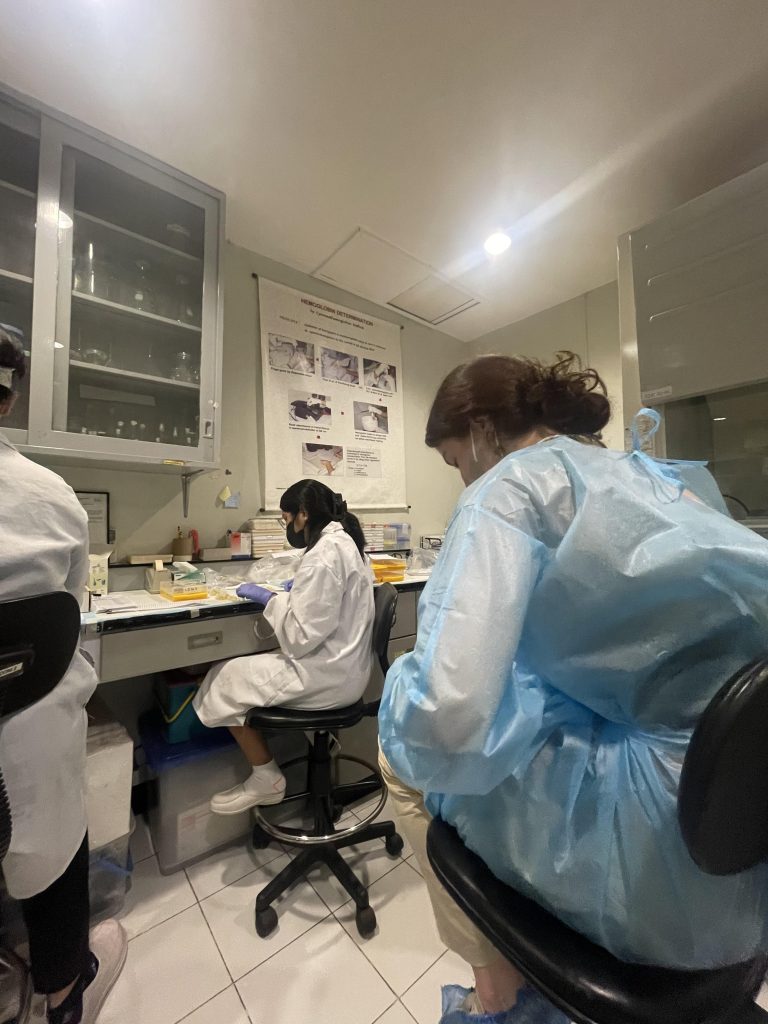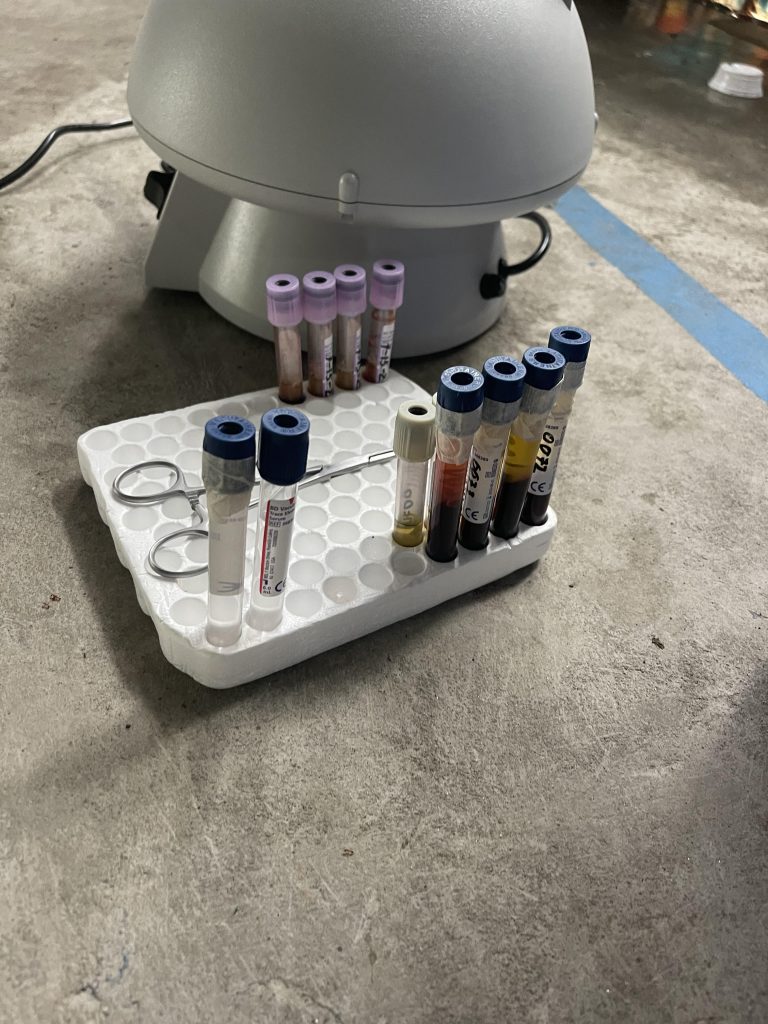On Monday, we flew back to Manila from El Nido. Our flight was delayed a little over an hour, but we still were back in time to go into the office at 1pm for a half day. Upon arrival in the office, we had the opportunity to observe the process of data editing and validation of the dietary component. This is an incredibly tedious process. First, they must print out the data from the food weighing portion and the 24 hour diet recall portion of the study. Then, they go through each and every row of the data and check for various errors including beginning and ending inventory of condiments, serving size, food code, etc. Every time they find an error in the codes, they must either fix it or mark it so that they can consult with the researcher who collected the data. Most food items have a specific code. Therefore, the person checking the data must read the description of the food then check in the database provided by NAMD/FNRI that has the description, flavor, serving size, nutritional information, and code of each food. From time to time, the researcher may miscode a food, so that is where the data editing and validation team comes in. For example, if someone has a slice of wheat bread and the researcher accidentally used the code of white bread, that person’s overall micronutrient intake could be miscalculated (wheat bread has a higher fiber and iron content than white bread). Therefore, it is important that someone checks to make sure that the food codes are all correct. There are also codes for where the food item was purchased (supermarket, sari sari store, etc) and what form it was purchased in (raw, ready to eat, etc). Although it was impossible to fully comprehend everything that the data editing and validation team checks for, it was incredibly interesting to see how tedious the data is and how thoroughly it is checked for errors.
On Tuesday morning, we had the opportunity to meet with the food matching team. This is another incredibly tedious job! As previously mentioned, each specific food item has a food code. However, Filipinos are incredibly resourceful and sometimes eat rather exotic foods. Some examples of these exotic foods include cat, dog, bat, camel, and many types of fruits and vegetables. Therefore, a food code may not exist for certain foods. When this occurs, the researcher or the team leader must submit a request to the food matching team with as much information on the food as possible. Then, the food matching team will look through data bases from other countries such as Thailand, Cambodia, Vietnam, Laos, China, Japan, etc to find the closest match. It is important to find the closest possible match because specific macro and micro nutrient composition could differ. Sometimes, if it is not possible to make an exact or very close match, they most improvise. For example, camel meat and beef are both red meal that come from mammals, so they could be matched if that is the best option available.
On Tuesday afternoon, we had the opportunity to go to the biochemical laboratory and observe the process of analyzing blood and urine samples. We were able to meet with several chemists who explained their specific task to us. After blood and urine is collected in the field, it goes back to the lab to be tested for fasting glucose levels, vitamin A content, vitamin E content, iron content, iodine content, etc. There is a different lab for each specific thing that is being tested for. For example, there is a vitamin A lab, vitamin E lab, iron lab, and so on. Therefore, each specific chemist does the same test on all of the different samples. Although it was impossible to memorize the steps that take place for each specific test, we were able to observe many techniques including (but not limited to) centrifuging blood and pipetting precise samples of urine.
Due to weather, we had Wednesday off. On Thursday, we left for our final field immersion experience in Cavite City! The remainder of week 6 was spent with sub team 1 in a Barangay in Imus City. After arrival, we visited the Mayor’s office for a courtesy call to introduce ourselves and explain the purpose of the NNS. He gave the team leaders 20,000 pesos for food! In this Barangay, there were several households that refused to be involved in the NNS. This kind of came as a surprise to me because in the previous Barangay’s, everyone was very happy and willing to participate. Some of the team leaders and researchers explained that some of the households near the cities are busier because they are more likely to have a full time job. Since there were so many refusals, we had a little bit more free time, but we were still able to observe several aspects of the NNS. Specifically, Ate Carol, the team’s med tech, allowed us to closely observe the process of blood extraction and packing. Although we aren’t allowed to actually extract blood yet, we were able to practice tying tourniquets around each other’s arms to restrict the blood flow. Then, we were taught how to palpate veins and find the median vein which is the most stable vein to extract blood from. Once she had all of the blood samples, she showed us how to centrifuge them for five minutes to separate the platelets from the plasma. Although I have used a centrifuge in chemistry lab, it was incredibly interesting to see how it is used in the real world and how chemistry in used in everyday life! Another morning, I went into the field at 5 am with Ate Melody, one of the anthropometric researchers, and she let me take the blood pressure of a respondent! I actually felt so much for confident in hearing the sounds and recording this time since we have been practicing for a few weeks now. I was also able to take the height and weight of a respondent and interview her. The specific questionnaire that I used was in Tagalog, so I had to use the pictures and the help of a translator to properly communicate with the respondent.
On Sunday night, the sub team that we were with bought us donuts and pizza as a going away party. We also learned some TikTok dances with then and got ready to transfer to another Barangay with another sub team on Monday!
